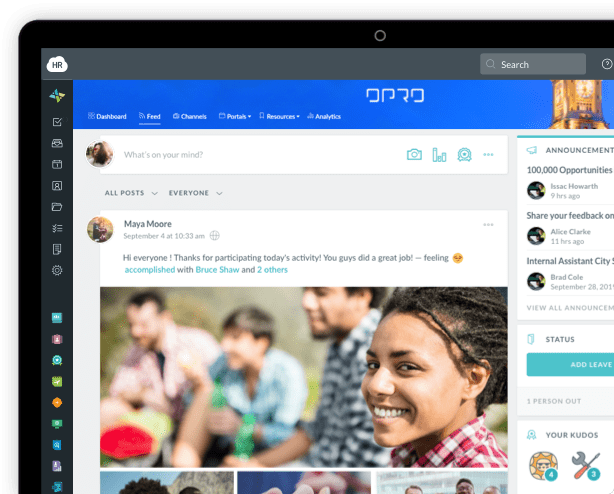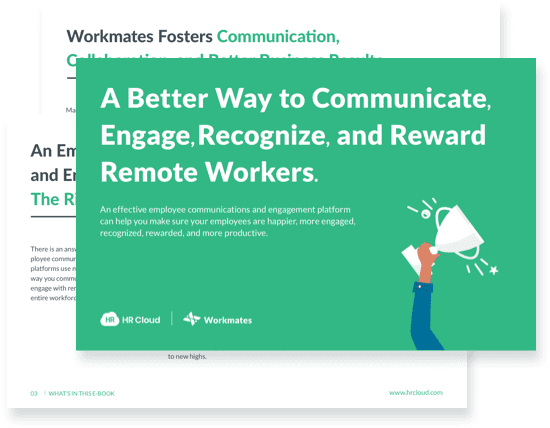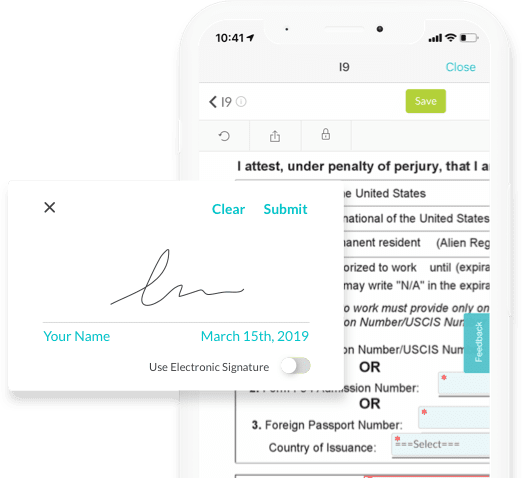The need to work remotely has grown over the last two years. It is bound to be the norm rather than the exception. For managers, it presents a challenge, knowing that you cannot control the behaviors and activities of people working from home.
The new normal demands that you learn and adjust to new techniques. You have targets to meet yet you cannot directly control the workforce in a traditional office space. How do you manage employees remotely and achieve the desired results? Here are a few insights that will save your day.
Clear and timed expectations
Set expectations for individuals and the entire team. The goals must be realistic, especially those that can still be achieved in the traditional office. The fact that people are working from home should not mean that they remain tied to the desk late into the night. Be realistic to avoid overburdening your workers or leaving them idle.
The best idea to manage expectations is to create milestones. Break down the work into portions that are submitted in shorter intervals. You can track the successful execution of the tasks assigned to individuals and the team.

Documenting communication
Record conversations and save emails as well as chats. It is one way of keeping yourself and the team accountable for performance. Once you indicate that a task should be completed by a particular day or date, the only evidence you have is a recorded phone call, video call, or email.
You avoid disputes arising from missed communication or misunderstood information. Either party can extract the records to support their assertion. Every member of the team should know that communication is recorded
Schedule communication
Do not expect to catch an employee anytime you call. Some may prefer to work in the morning, at night, in the afternoon, at the park or any other schedule they choose. To avoid conflicts with communication, indicate the channels and frequency of communication you will adapt. Queries will only arise if any of the team members breaches this communication protocol.
Schedule the communication points to serve your workload needs. For instance, you may set a briefing meeting in the morning and an evaluation session in the evening. In case you call or email in the course of the day, give a reasonable time zone for the person to respond. It is not always that remote workers are on their desks.

To learn even more about managing remote teams and keeping employees working at home highly engaged, download our ebook now.
Download nowRegular team meetings
Hold regular meetings with the team. The team meetings are broad-based to address a wide variety of issues. Whether they happen online or physically, they keep the team together. A physical meeting is especially important because it builds a sense of belonging.
While people want to work remotely, they still desire to be a part of a company or group. Provide such an opportunity by holding regular meetings. Use these meetings to address emerging issues and rally the team towards a more efficient mode of operation.
Facilitation
Facilitate your remote workers to deliver the results you need. Provide computers, pay for the internet, and even offer an allowance for furniture. By the time you demand results, the workers will have no excuse for not delivering.
Facilitation is especially important when dealing with software. Remote work requires a lot of collaboration tools for sharing documents, communication, research, and pooling resources. They also need gadgets like laptops and headphones. Ensure that such resources are available before sending the team to work from home.
Embrace technology
Technology will make it easy to manage remote teams and work remotely. To begin with, invest in dashboard applications that can track progress. Take it a step further by acquiring team-communication applications. In case you will be sharing documents and files, you need the right features on these applications.
Remote work demands a lot of communication. Meetings with teams and individual employees will be the order of the day. Identify tools, applications, gadgets, and platforms you can use to actualize communication. Utilizing VoIP solutions can greatly improve your team's communication efficiency and accessibility.
Since you are dealing with sensitive company information and client documents, you must secure communication channels. Check reviews of the most secure communication and document sharing platforms to use. You must also be sensitive to your employees on how to secure documents and communications made on different platforms.
Carry everyone on board
Remote work is not easy for everyone. Some will adapt fast to technology while others are slow. Some can work alone while others would prefer the traditional office environment. In some cases, some employees want to be micromanaged. Know how to handle your employees so that everyone is on board with remote work.
Training is especially important so that everyone understands the technology and gadgets you will be using. Send technicians to install gadgets and assist remote employees when they get stuck. This is not the time to laugh at the weaknesses of some of your employees, especially on technology.
Regular one-on-one conversations
Organize regular conversations with individual employees. Listen to their concerns and help them to resolve them. Raise any issue you may have with the quality of work they deliver, mode of communication, and general performance. Do not always berate them in general meetings because the issues might not be exhaustively addressed.
Include the non-remote employees
It is not everyone who will be working remotely in your office. For this reason, build a team by involving them in meetings and decision-making. It also includes employees from other departments who support your operations. If these employees are not included, you end up with a disjointed workforce that will not deliver to your expectations.
All members of the team must understand the changes that come with remote work. Some people will embrace the idea fast while others take time. The inability to understand gadgets or applications should not attract ridicule. Sensitize the team on how to handle concerns raised by other members regarding remote work to create a conducive working environment.
Don’t micromanage
The biggest mistake you will make when managing remote workers is to micromanage. As long as you set expectations and facilitate the employees to work, you do not have to follow each of their actions. If you need to track the progress of the work, it is prudent to create milestones. You will only quarrel with workers who fail to meet the milestones.
A dashboard system showing the performance of every individual will help you manage the team better. Whenever you raise an issue about performance, the dashboard gives a clear report. There is no room for bias or favoritism because everyone can see the dashboard.
Support through training
Do not assume that everyone is well-versed with technology. Some employees will be ahead of others in manipulating gadgets and working with the software while others take time. Train all team members so that everyone is on the same pedestal. Continuous training is also recommended to address emerging issues.
The success of any remote working project is communication. Since everyone is at a different location, you must find a way of being in touch, sharing files, and making decisions. Each member of the team must understand the value of timely and detailed communication to make it easier to track the progress of each project. Invest in the right tools, sensitize your workers, and support them to deliver the set results remotely
About Author: Anna is a freelance writer having worked in the role for more than five years. As a seasoned dissertation writer, she has been helping students to ace their exams and complete assignments. Her passion is to help students achieve the best college experience through entrepreneurship, business, and jobs.

Keep Reading
Balancing Technology and the Human Touch in Employee Engagement
Companies are taking employee engagement very seriously because it is one of the ways of
Remote Onboarding Success Stories
When it comes to onboarding new hires, many companies understand the value and benefits


